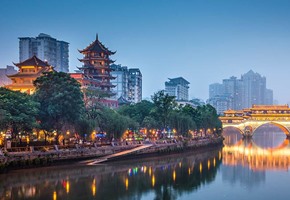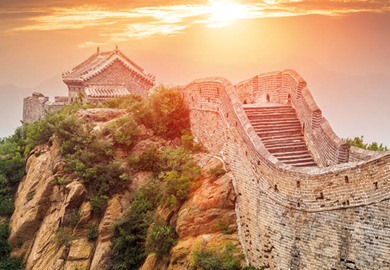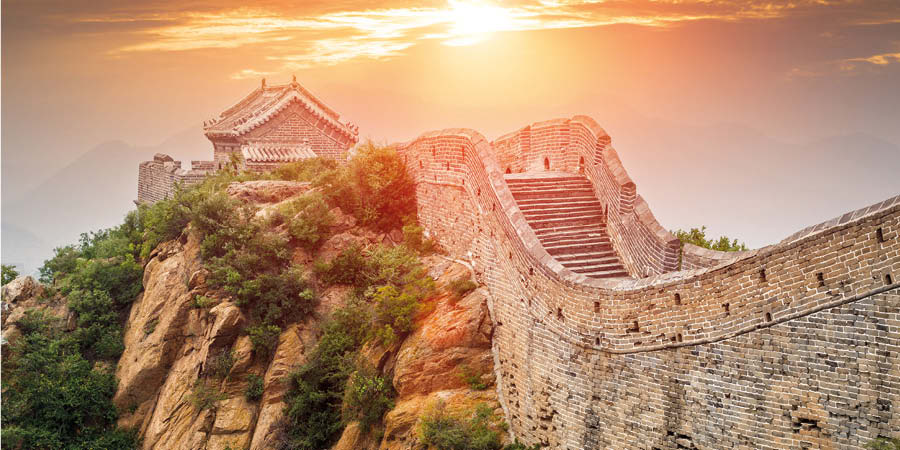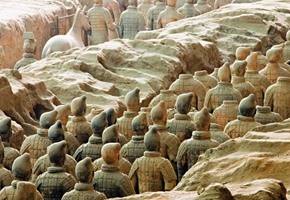
What to Expect When Travelling to China
28/04/2025 · By Tim Hall
Discover expert insights into what to expect when visiting China from Great Rail Journeys Tour Manager Tim Hall, from iconic landmarks to meeting locals.
Read moreChina's biggest city is one of spectacular contrast, blending futuristic transport such as the Maglev train that travels at up to 267mph with the serenity of the ornate Yu Gardens. Shanghai is built either side of the wide, slow-flowing Huangpu River with one bank illuminated in the evening by the dazzling towers of Pudong, an epicentre of global business and trade.
These modern landmarks look across the water to the historic Bund. Savouring a cocktail during a jazz performance in one of the Bund's grand hotels transports you back to the glamour and mystique of the 1920s, when Shanghai was the 'Paris of the East'. Among the city streets, you can uncover the decorative Longhua and Jing'an temples or stroll along the neon-lit Nanjing Road.
Find out more with a free brochure and enjoy weekly travel inspiration and offers in our e-newsletter.





 (34 reviews)
(34 reviews)Uncover an incredible blend of breathtaking modernism and beautiful imperial history on a tour of China's ancient and modern wonders. Step into history during visits to the iconic Forbidden City, Temple of Heaven and the Great Wall of China while in Beijing. Travelling by high-speed rail, explore ancient Xi'an and its astonishing...
